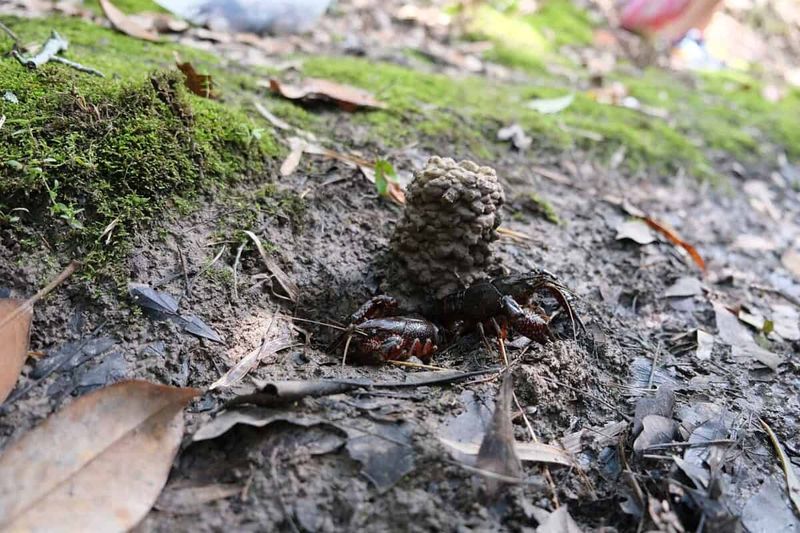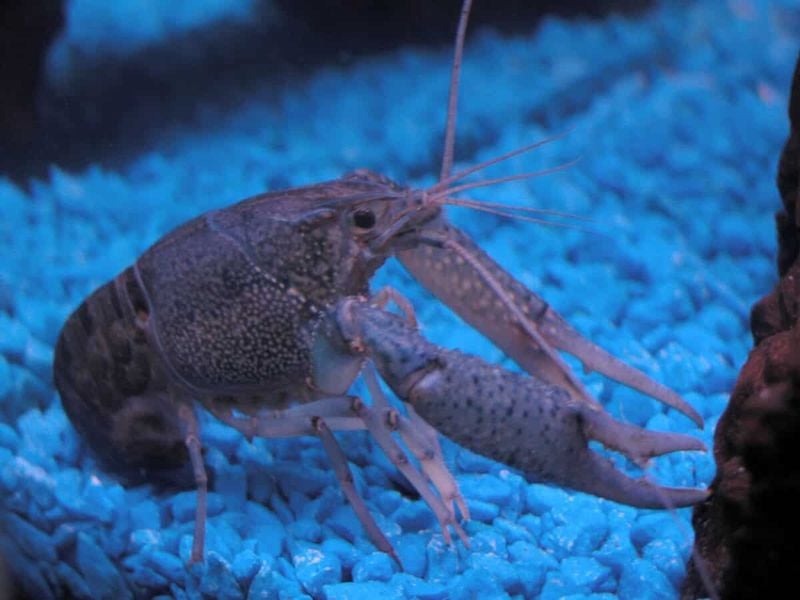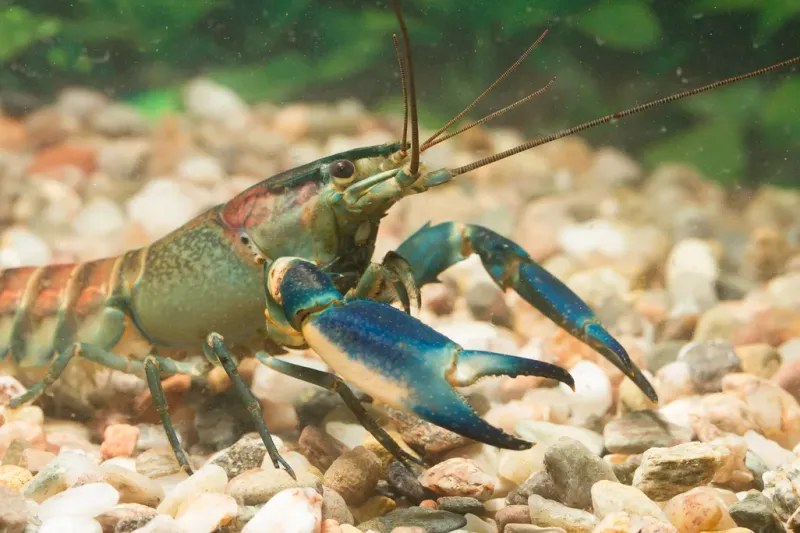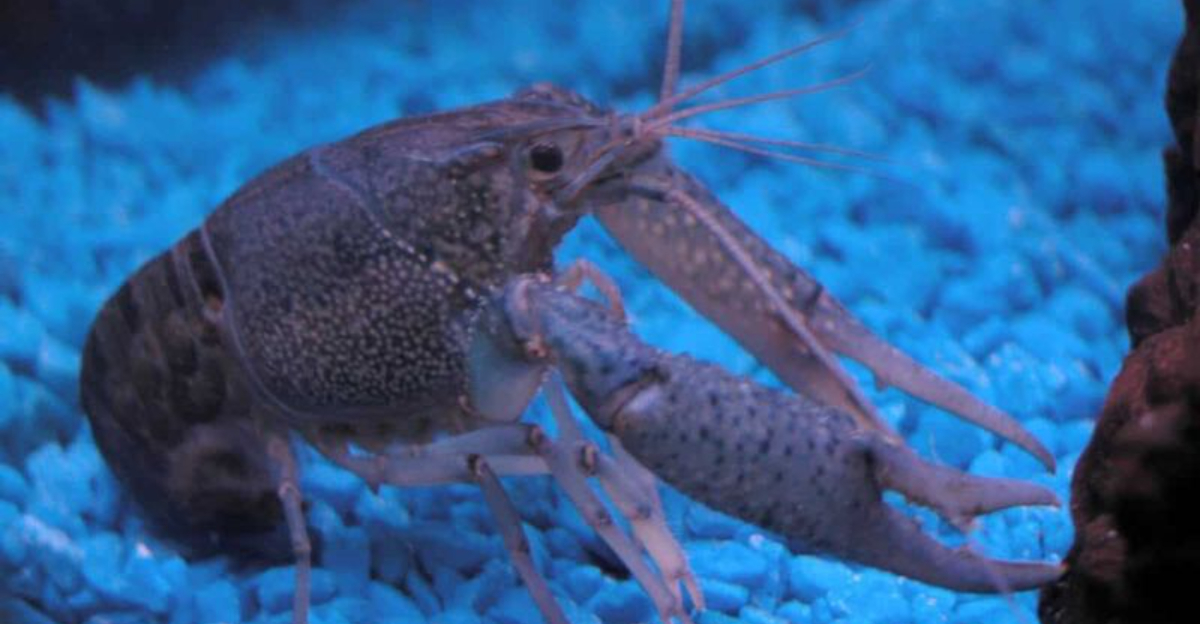Nature never stops wowing us with its colorful surprises!
Recently, an electric-blue crawfish was spotted in a North Carolina creek, and it’s been making waves with both locals and scientists.
These eye-catching crustaceans are far from ordinary, sparking curiosity about genetic mutations and the rich biodiversity thriving in our local waterways. It’s not every day you see something this vibrant in the wild—talk about a splash of color in nature’s palette!
1. Sapphire Surprise: A Genetic Anomaly

Lightning struck twice in the crawfish world when this azure beauty was discovered hiding among the creek rocks. The electric blue color comes from a rare genetic mutation affecting the crustacean’s shell pigmentation – similar to how some people have unique eye colors.
Most crawfish have reddish-brown camouflage to merge with muddy creek bottoms.
This genetic oddball, however, stands out like a neon sign at midnight. Scientists estimate only one in every 2 million crawfish displays this eye-catching blue hue.
The mutation affects proteins that normally create red and yellow pigments, leaving only blue reflecting molecules behind. Surprisingly, these blue crawfish aren’t a separate species – they’re just dressed differently for life’s underwater party!
2. Survival Challenges of Being Blue

Standing out isn’t always advantageous in the wild. These cerulean crustaceans face serious survival disadvantages compared to their camouflaged cousins. Predators like bass, herons, and raccoons can spot them from greater distances, turning these rare creatures into easy blue-plate specials.
Despite these challenges, the North Carolina specimen appeared healthy and full-grown when discovered. Researchers theorize it may have adapted alternative survival strategies – perhaps hiding in deeper crevices during daylight or finding habitat with naturally blue-tinted rocks.
Local wildlife officials urge creek visitors to observe but not collect these rare creatures. Their genetic uniqueness could provide valuable insights into mutation patterns and environmental adaptation in freshwater ecosystems.
3. Conservation Significance in Local Waters

This azure discovery highlights North Carolina’s surprisingly diverse aquatic ecosystems. The creek where our blue friend was found contains remarkably clean water – a crucial factor that likely supported this genetic rarity’s survival to adulthood.
Environmental scientists are now monitoring the area more closely. The presence of unusual genetic variations often indicates healthy biodiversity and minimal pollution levels. One scientist compared finding blue crawfish to discovering canaries in coal mines – they serve as living indicators of ecosystem health.
Local conservation groups have launched educational campaigns featuring the blue crawfish as their poster child. Their message resonates: protecting waterways preserves both common and extraordinary creatures that share our Carolina watersheds.
